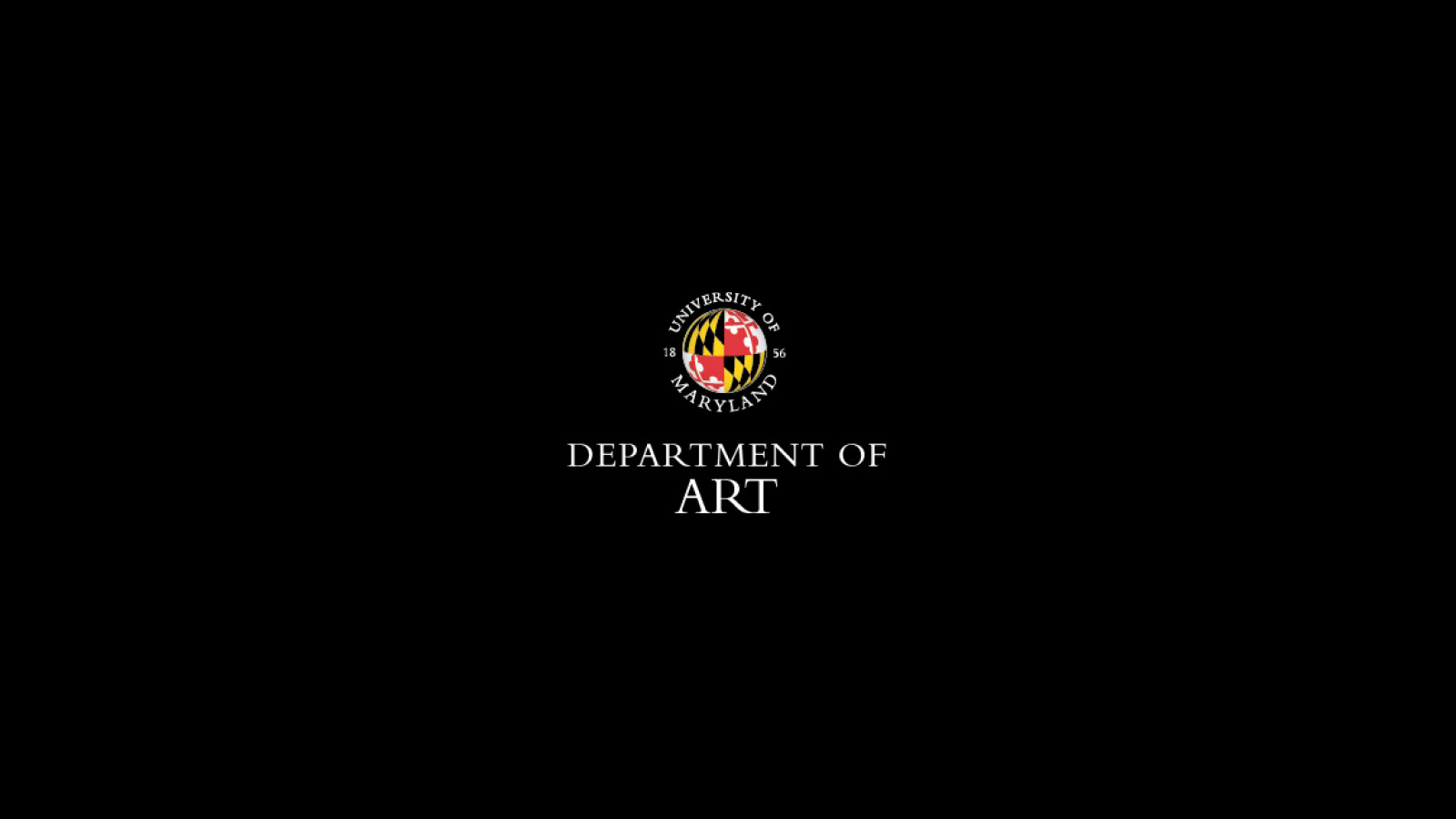UMD Students Design And Create Public Art
May 03, 2013

Art and architecture students constructed ten temporary sculptures to revitalize Montgomery County’s Long Branch Neighborhood and stimulate community engagement.
College Park, Md. - A sidewalk exhibition of ten interactive installations—including a glowing cocoon of recycled plastic bottles and a 45’ long canopy of intricately placed colored strings—will debut May 6, 2013 in Montgomery County’s Long Branch Neighborhood as part of a unique cultural collaboration between community groups and the University of Maryland. The temporary installations, designed and built by University of Maryland art and architecture students, seek to add energy and vitality to the Long Branch Neighborhood and inspire those who live and work in the community. The pieces will be on view at Montgomery County’s Long Branch Library and along Flower Avenue through May 20, 2013.
The Long Branch public design project is the result of a newly piloted public art/design studio jointly offered by the University of Maryland’s art and architecture programs. Under the guidance of Associate Professor of Architecture Ronit Eisenbach and Professor of Art and Sculptor John Ruppert, 16 students spent the semester designing and building temporary public art/design works inspired by the university’s Public Interest Design Institute spring workshop and the School of Architecture’s Kibel Gallery spring series, “Agency, Intervention and the Public Realm” curated by Eisenbach.
"It was really exciting to create work that doesn't just sit in a white rectangular room," said Kristen Yeung, one of the art students in the class. "And working with the architecture graduate students has been really great. I think artists and architects tend to approach problems differently, so in working together, we bring a lot of different skills and ideas to the table - and it's exciting to create work that has the potential to do good too by bringing attention, beauty, conversation and connection to the Long Branch community."
This work also builds on the expertise of Professor Ruppert, whose large-scale outdoor site sculptures were recently featured in Sculpture Magazine. Ruppert is also a recipient of a grant from the Pollock-Krasner Foundation.
“This studio brought students from art and design together, exposing each to similar and different ways of approaching, solving, and working through a public art/design problem,” says Ruppert. “The students experienced in a microcosm the reality of doing public work. Their process began with identifying a site and imagining its potential, developing a proposal, moving it through the approval process and then realizing their ideas. They dealt with real-world issues such as insurance, budget and collaboration both with one another and with community partners.”
Aside from adding a jolt of whimsy and color to the streetscape, the exhibition is part of a larger effort in partnership with area groups to engage the community as they anticipate growth and change with the addition of Metro’s purple line. As a teaching initiative, the Long Branch installation is a test run for Eisenbach, who was recently awarded an ADVANCE seed grant to explore how temporary art, performance and design can help foster conversation, create connections and see a community through transition.
“The larger scope of this project is community engagement; to examine how, with different types of art interventions, we can help to stimulate dialogue about the future of a place,” explains Eisenbach.
The Long Branch temporary installations will be officially unveiled during the community’s Super Block Party on Saturday, May 11 from 2-5 PM. The event is free and open to the public. The studio is working in partnership with the Long Branch Business Association, the Montgomery Housing Partnership, the Montgomery County Library system and IMPACT Silver Spring. Their combined effort is part of Long Branch’s business revitalization, affordable housing protection and planning and community building efforts.
The project is also supported by the University of Maryland Architecture and Art Programs, Art & Architecture Libraries Endowment, Office of Diversity and Inclusion and the National Center for Smart Growth Research & Education.
See the media alert here.

